Takato-kaku
Takato-kaku is a building located in Takato Castle Ruins Park.
During the Takato Cherry Blossom Festival, the first floor of the building can be used as a nursing room and the second floor as a rest area.
An admission fee (200 yen for elementary school students and older) is required. (Use of the nursing room only is free.)
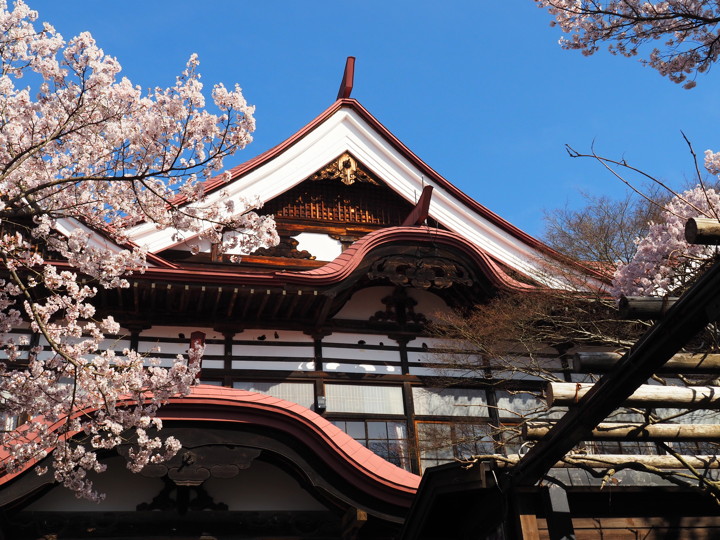
I have never been inside before, so I will take this opportunity to take a look inside.
I asked if it was possible to take pictures of the inside of the building, and was told that it was.
On the wall of the entrance hall, there is an explanatory board about Takato-kaku.
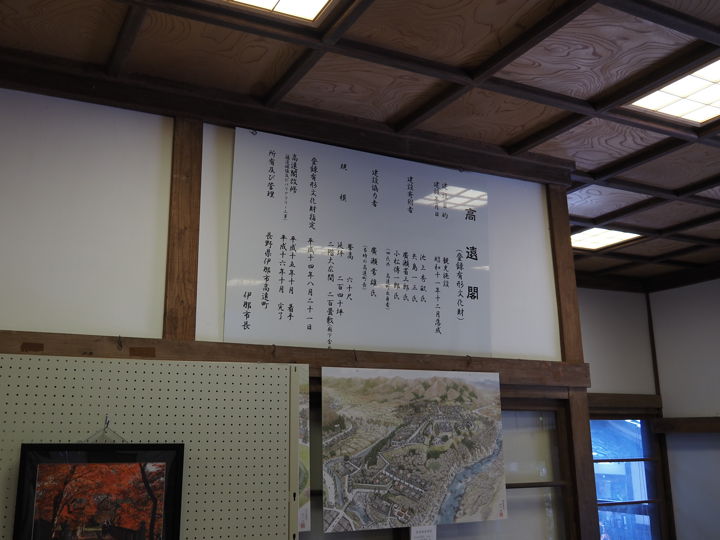
Since I don’t think you can read the words in this picture, I transcribed them below.
Takato-kaku (Registered Tangible Cultural Property)
Purpose of construction : Sightseeing facility
Date of construction Completed in December 1936
Construction donors : Ikegami Shuho, Yajima Ichizo, Hirose Shozaburo, Komatsu Den-ichiro (all four are from Takato Town)
Construction collaborator : Hirose Tsuneo (then mayor of Takato Town)
Scale: 18 meters high, total floor space: 793 square meters, second floor hall: 200 tatami mats (including corridor)
Designation as a Registered Tangible Cultural Property : August 21, 2002
Renovation of Takato-kaku (structural reinforcement and barrier-free construction)
Started in October 2003 and completed in October 2004
Owned and managed by Takato-machi, Ina City, Nagano Prefecture
Mayor of Ina City
According to the “Takato Town History, Vol. 2” (1979), the idea of a Takato-kaku was first proposed in 1933. Volunteers of the Tokyo Takato Association gathered at the office of Komatsu Den-ichiro (lawyer), the chairman of the association. It was proposed at that meeting that it would be meaningful for the development of Takato Town to build a hall on the ruins of Takato Castle to provide a place for local residents to meet and for tourists to visit.
Komatsu Den-ichiro led the campaign for the construction of the hall, but it was cancelled in October 1934. The Ina Mainichi Newspaper of the time carried the headline, “Highly Anticipated Takato-kaku Finally Canceled, Construction in Park Blocked by Government Officials". It is said that Takio Izawa’s told to the prefectural governor about his opposition to the project had an influence on the decision.
Although the project was temporarily cancelled, subsequent activities by Komatsu and others led to the construction of the Takato-kaku. Komatsu Den-ichiro, Ikegami Shuho (painter), Hirose Shozaburo (mine supplier), and Yajima Ichizo (publisher) donated 13,000 yen for construction costs. Komatsu also contributed 5,000 yen for other expenses.
The building was designed by Ito Bunshiro (who also designed the former Ako Village Office), and Takeuchi Saburo was the master builder.
From the entrance hall, I looked down the hallway to the right. There is a first aid room, restrooms, and some rooms that was not open to the public that day.
At the end of this hallway, turning left, there is a staircase.
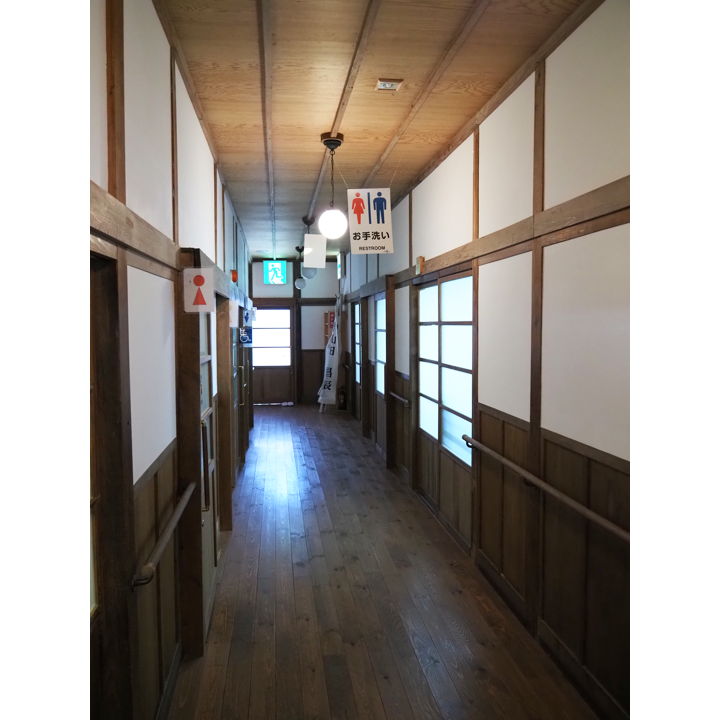
But the main stairs are here, in the entrance hall.
Let’s go upstairs from this staircase.
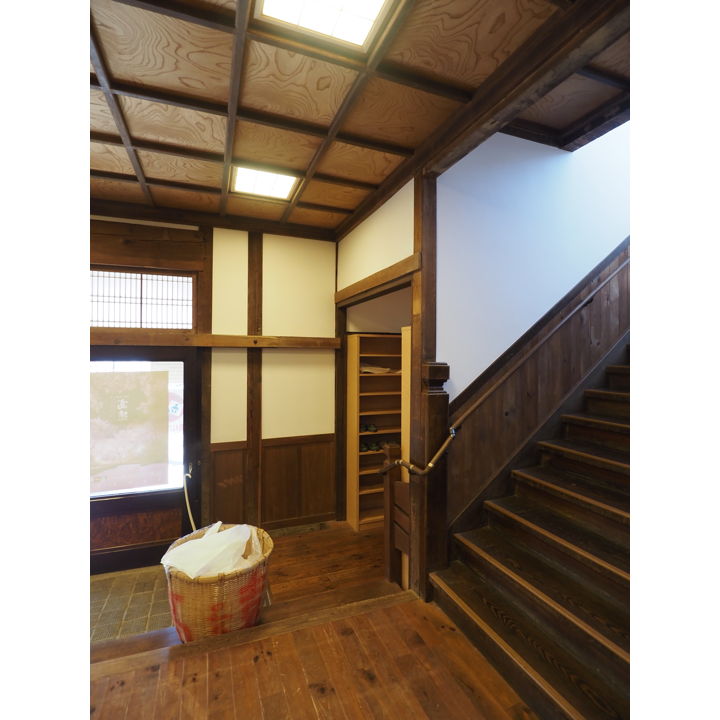
At the top of the stairs. The hallway on the second floor leads to a large hall.
There is a reception room (now a training room) on the left side of the stairway, but it was off-limits except for the staff.
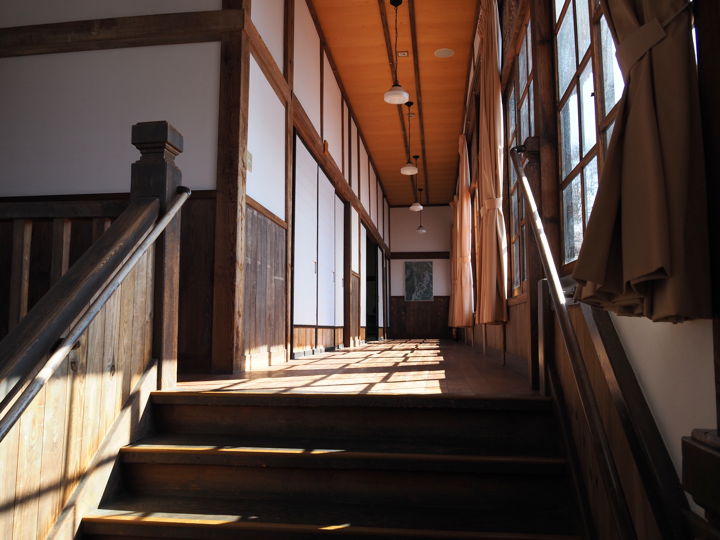
Cherry blossoms seen from the second-floor corridor.
The shape of the roof seems to be based on the turret of the old Honmaru of Takato Castle.
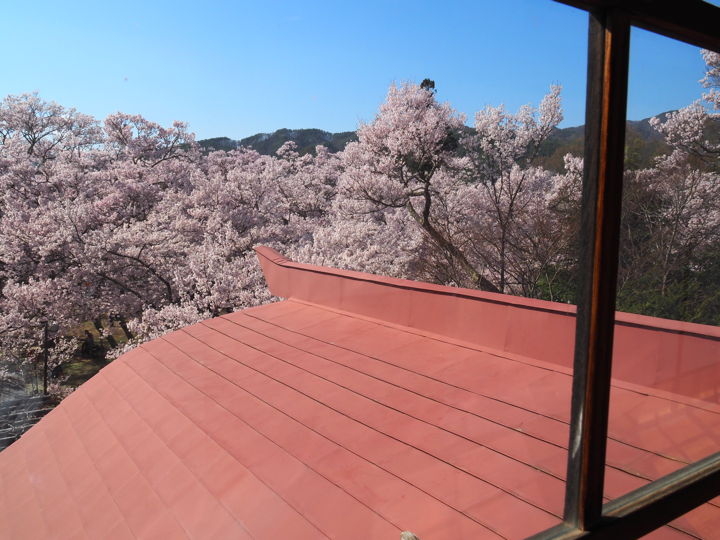
This is the large hall.
There is a stage in front of the hall. Tables and chairs are laid out for visitors to take a rest during the cherry blossom festival, but there are few people in the hall because of the fee. (This made it easy to take pictures of the hall.)
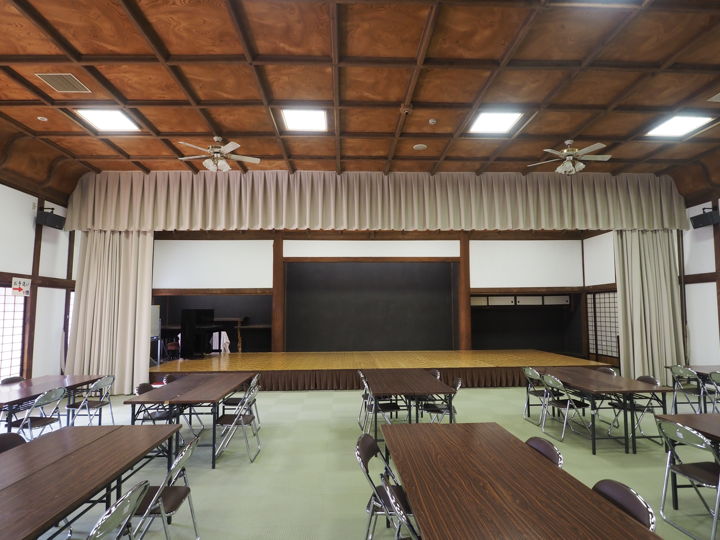
The hall taken from the stage side. There are corridors on the left, front, and right sides of this photo. Visitors preferred to rest in the corridors rather than in the hall because they could see the cherry blossoms in the park from the corridors.
The corridors were also furnished with tables and chairs.
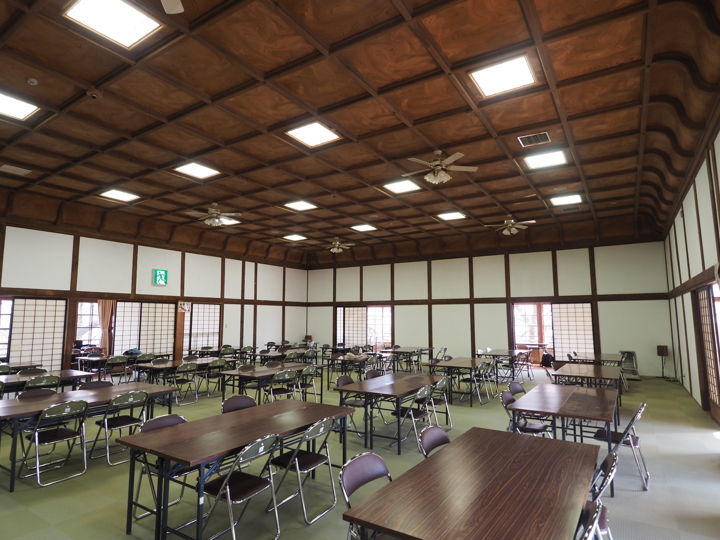
I returned to the entrance hall.
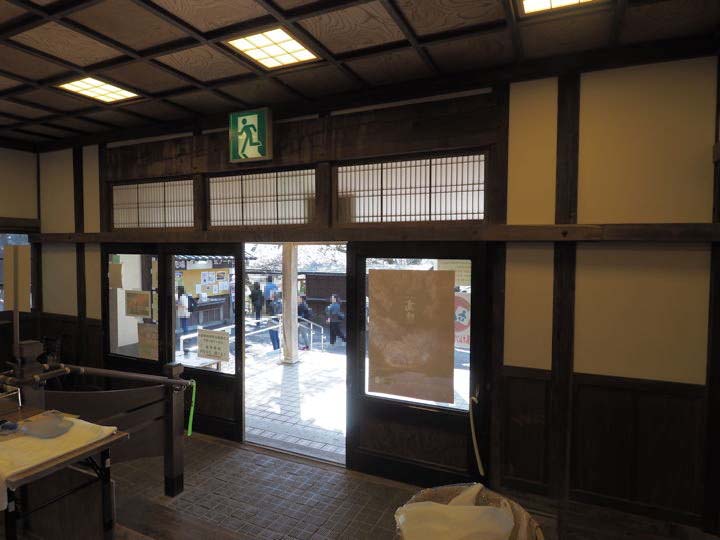
As one exits the entrance hall, a plaque overhead reads “Registered Tangible Cultural Property".
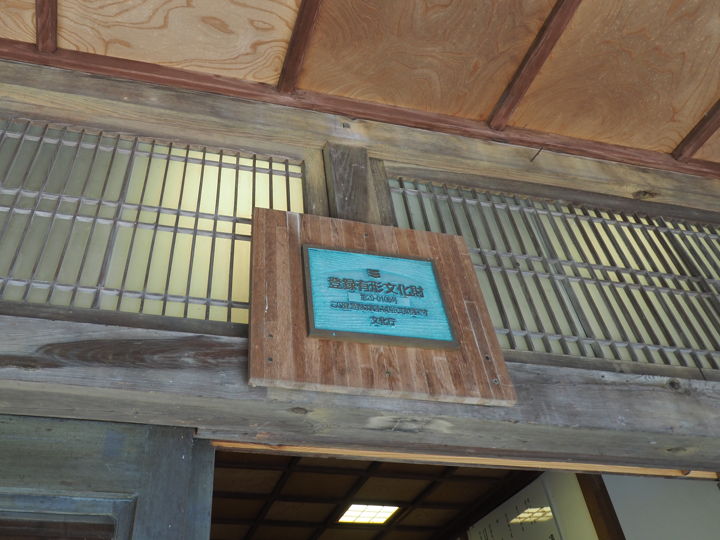
The front side of Takato-kaku.
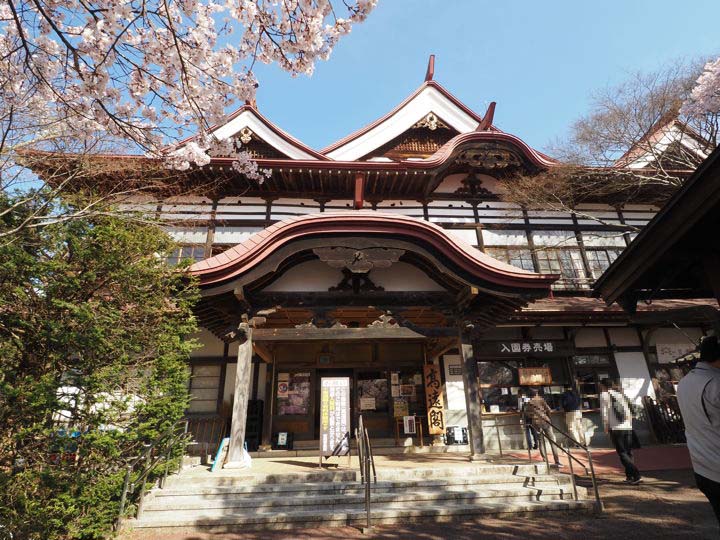
The last photo was taken from the road as I exited Takato Castle Ruins Park.
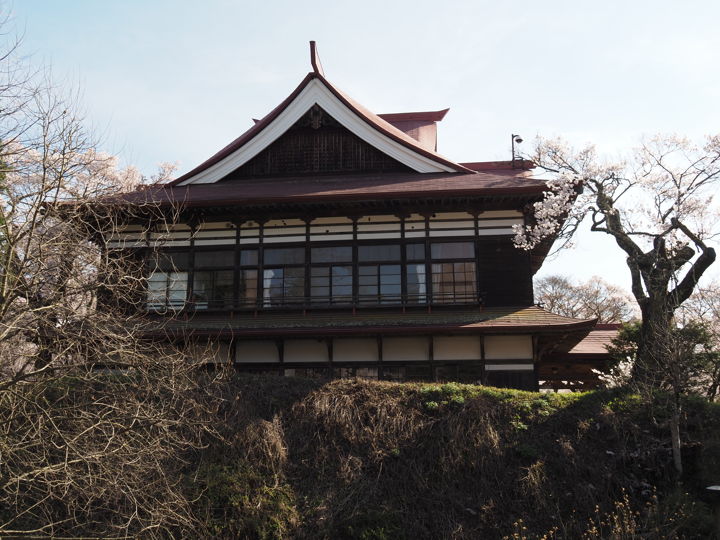
At the time of publication of this article, the 2024 Takato Cherry Blossom Festival has ended, so Takato-kaku is no longer open to the public as a rest area this year.
Outside of the Cherry Blossom Festival, the building can be used by submitting an application form to the Takato Commerce, Industry, and Tourism Division.
[Reference]
“Takato Town History, Vol. 2 (Nature, Modern Times, Folklore)" (Compiled by Takato Town History Compilation Committee / Takato Town History Publication Association / 1979)
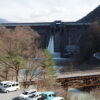
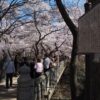
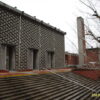
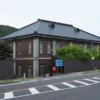
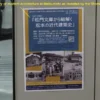
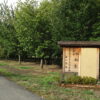

Discussion
New Comments
No comments yet. Be the first one!